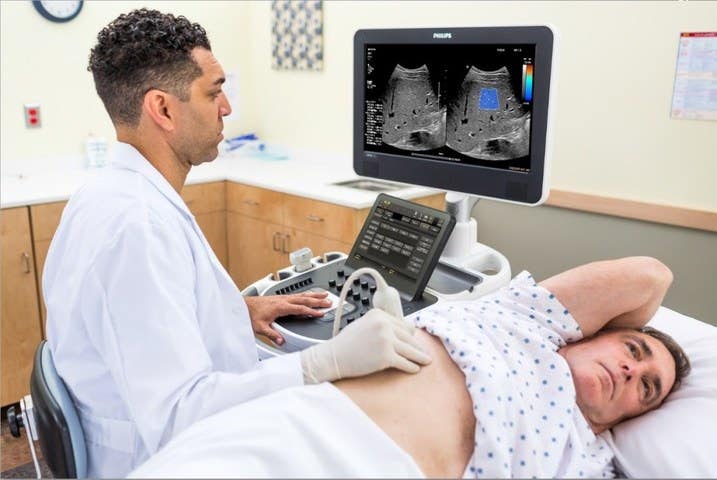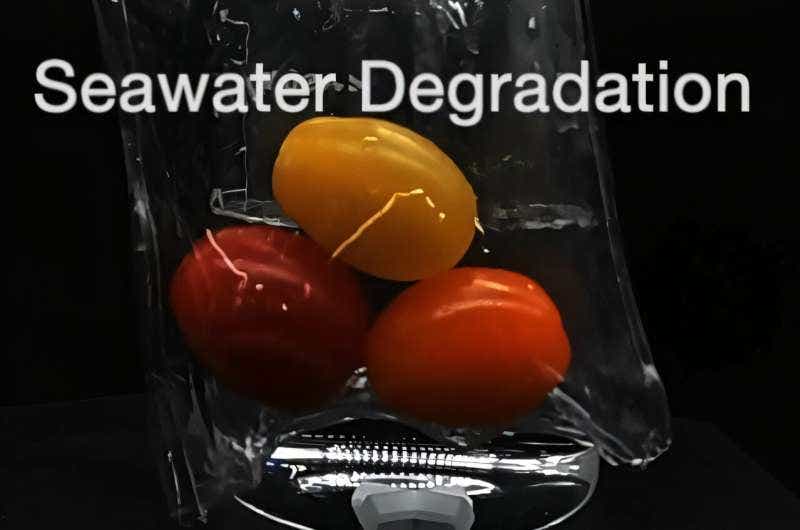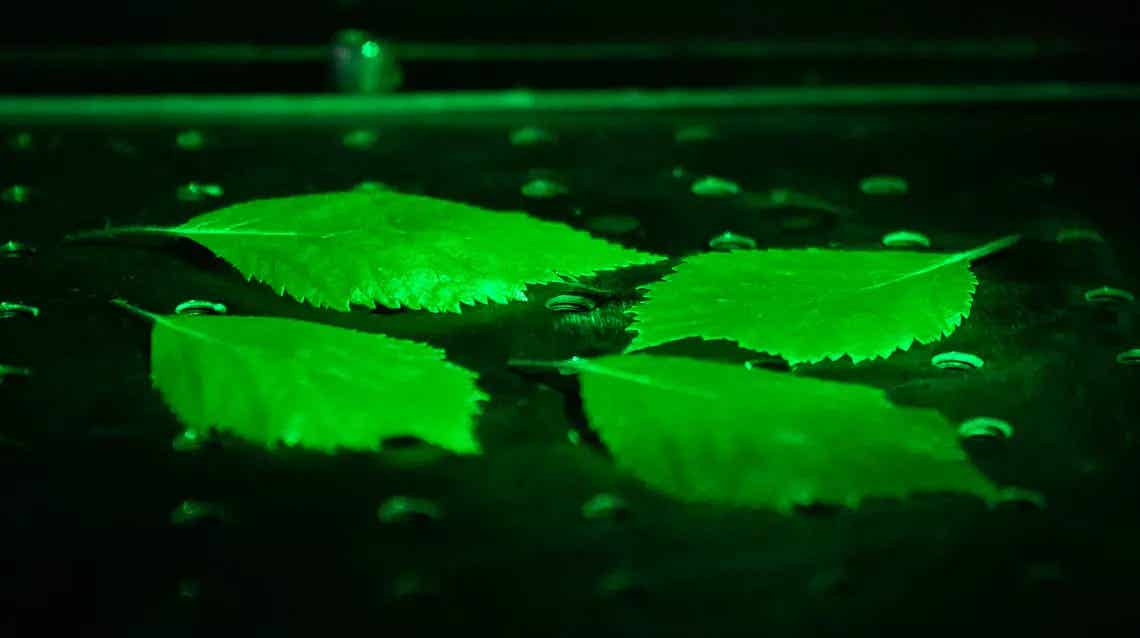Groundbreaking ultrasound treatment can predict cancer patient resistance to chemotherapy
Understanding chemoresistance is vital for tailoring treatments to individual patients, a concept known as personalized medicine.

Understanding chemoresistance is vital for tailoring treatments to individual patients, a concept known as personalized medicine. (CREDIT: Creative Commons)
Chemotherapy is a crucial treatment for cancer, but sometimes patients do not respond well to their prescribed drugs, leading to precious time lost in the fight against cancer.
Understanding chemoresistance is vital for tailoring treatments to individual patients, a concept known as personalized medicine.
A team of scientists from Purdue University, comprising both veterinary experts and physicists, has introduced a groundbreaking approach to detect chemoresistance using Doppler ultrasound. This innovative technique, known as biodynamic imaging (BDI), has shown promising results in predicting how cancer cells respond to chemotherapy.
The team, led by David Nolte, John Turek, and Michael Childress, hails from various departments at Purdue University and has been conducting trials both in humans and canines, with encouraging outcomes reported in the journal Scientific Reports.
Related Stories:
"Our method measures motions within cancer cells and tracks how these motions change when exposed to anticancer drugs," explains Nolte. "By observing these mechanical responses, we can distinguish patients who will respond positively to chemotherapy from those who will not, enabling a more targeted and effective treatment approach."
The development of BDI for cancer treatment spans over eight years, with previous studies suggesting its potential in identifying chemoresistance. However, questions lingered regarding its applicability across different disease conditions. The recent research, however, demonstrates the robustness of BDI, showing consistent results across human and canine subjects afflicted with lymphoma and esophageal cancer.
The idea of utilizing Doppler ultrasound in cancer research might seem unconventional, but according to Nolte, it stemmed from fundamental scientific exploration. "Our journey began with experiments on cancer tissue cultures, eventually transitioning to fresh tumors from patients," he explains. "The Doppler measurements emerged unexpectedly during our experiments, revealing dynamic effects that guided our research trajectory."
Dr. Michael Childress (right), Professor of Comparative Oncology at the Purdue University College of Veterinary Medicine, is pictured with Kody (middle) and his owner, Carolyn McGuire. Kody was in the drug trial which accurately predicted his tumor would be sensitive to chemotherapy, and Childress’ team was able to significantly extend Kody’s life with chemotherapy. (CREDIT: Purdue University College of Veterinary Medicine photo/Kevin Doerr)
Collaborating for over two decades, the team's partnership evolved from studying tumor spheroids in the lab to analyzing samples from canine lymphoma patients. Childress highlights the importance of using canine tumors, which better mimic the heterogeneity of human cancers, providing a crucial stepping stone before advancing to human trials.
The core principle behind BDI lies in detecting subtle changes in cellular machinery induced by external factors, such as chemotherapy. These changes in mechanical motions serve as signatures for chemoresistance prediction, offering valuable insights into potential treatment outcomes.
Biodynamic imaging with digital holography. (A) Raw hologram zoomed in to show fringes. (B) Reconstructed image-domain with phase-conjugate sidebands. (C) Sample reflectance through the zero-order and the sidebands (red curve is in the transverse direction). (D) Optical configuration with a short-coherence light source and a Mach–Zehnder setup and the hologram captured on the Fourier plane. (E) Optical schematic of the layout in (D). (CREDIT: Scientific Reports)
"A key challenge is deciphering the meaning behind these signatures," notes Nolte. "We are exploring whether these signatures correlate with changes in cellular signaling pathways and genetic expression, a complex endeavor that requires long-term research."
Purdue's supportive environment for interdisciplinary collaboration, coupled with access to resources like the Small Animal Hospital, facilitates the team's progress in conducting clinical trials. With promising results from retrospective Phase 2 trials, the researchers now look ahead to prospective trials, where they aim to predict patient responses prior to initiating chemotherapy.
Prevalence of biodynamic features and drugs in the patient prediction for h-ESO and c-BCL. (The features are color-coded for ease of reading.) The preconditions NSD, DR and HW are used in bilinear features as well as linear and are hence highly prevalent. The most important feature is ALLFT which measures broad spectral response with linear time dependence. (CREDIT: Scientific Reports)
As the team continues to refine their technique, they envision a future where personalized medicine guided by BDI could revolutionize cancer treatment, offering tailored therapies that maximize efficacy while minimizing adverse effects.
This research is funded in part by the National Science Foundation (NSF) CBET (Division of Chemical, Bioengineering, Environmental and Transport Systems), the American Kennel Club Canine Health Foundation, and the Purdue Institute for Cancer Research.
Note: Materials provided above by the The Brighter Side of News. Content may be edited for style and length.
Like these kind of feel good stories? Get the Brighter Side of News' newsletter.



